More than 7,000 miles from the lavish fanfare of New York City’s Fifth Avenue, Kibera’s bustling streets tell a divergent story of fashion ingenuity. Throughout the Nairobi area settlement, bold colors and secondhand style abound among the mud huts that have come to define the “Chocolate City.”
Kibera was not always a center for fashion, but today it stands as an emerging scene for the artists who have chosen their bodies as canvases and carefully curate their ensembles as a means of self-expression. Clad in conspicuous garments, these men and women are painting a rich picture of the Kenyan community most often defined by its abject poverty.
For photographer Brian Otieno, the opportunity to capture Kibera’s evolving fashion footprint on film has led to an internationally recognized passion project. CNN, the BBC, The New York Times and The Guardian have all spotlighted the work of the 26-year-old, whose Kibera Stories photo collection has been shown in Paris, Lisbon, Kampala and New York City. Since 2016 the documentarian, who goes by the moniker Storitellah, has used his skills behind the lens to show a vibrant society that has grown in spite of scarcity.
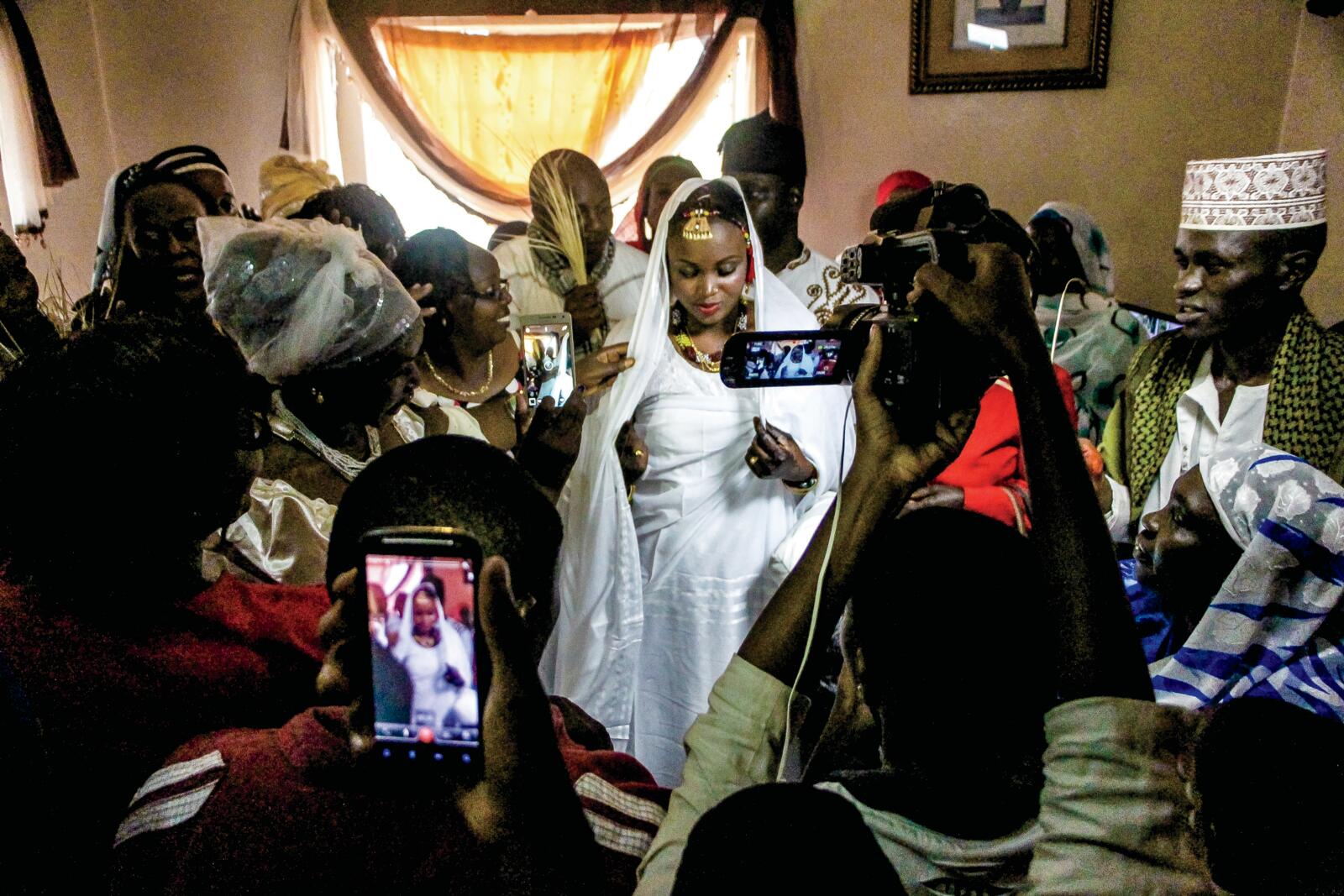
“You find that so many people come to Kibera, and they always have in mind that they’re coming to a poor place, so they are going to take ‘poor’ images; they are going to take photos of people suffering,” Otieno says. “And, yeah, I know that’s happening, but that’s only part of the story.”
Since the introduction of free public Wi-Fi in the East African country around 2015, Kibera’s narrative has slowly started to shift. Kenyan public-policy expert Naomi Rono explains that the presence of social media, stemming from access to mobile technology and the Internet, has enhanced the universal interest in the shantytown. Simultaneously, it has expanded the locals’ appreciation for what style actually is.
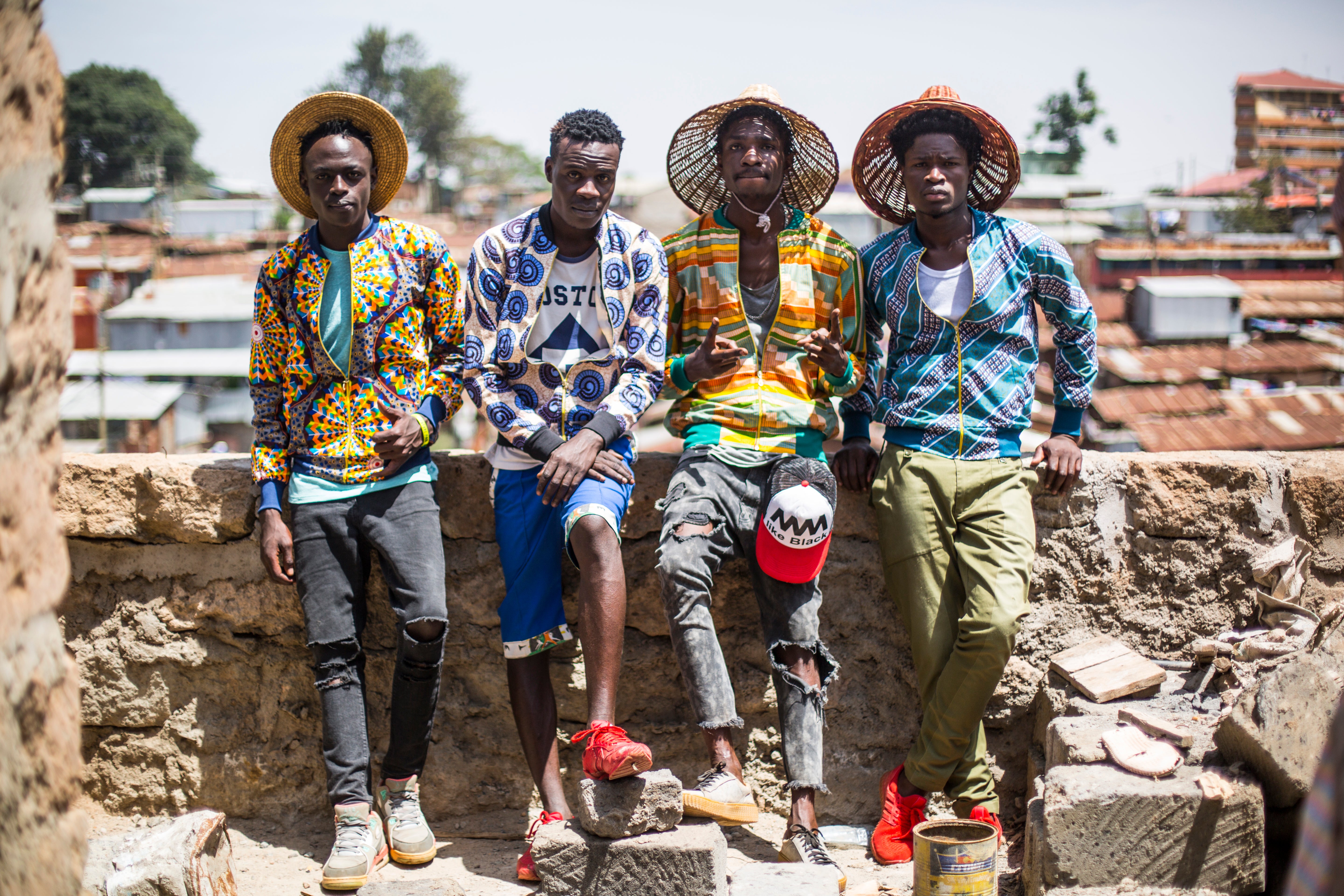
Prior to the digital penetration of the area, Rono asserts that the stitching of clothes was not regarded as fashion. Rather, it was simply a trade. But the perception has changed with the fusion of cultures made possible by visual platforms like Instagram. “It’s almost like it’s transforming a very traditional trade that our parents used to perform as a regular and mundane task to something that is really getting attention and is even attracting people to develop runway-quality material,” says the D.C. transplant.
Designer David Ochieng is one of the local designers Rono is referring to. The twentysomething, known around Kibera as Lookslike Avido, started his company with two U.S. dollars—a typical daily income in Kenya—given to him by his mother and a sewing machine gifted to him by the late Kenneth Okoth, the area’s former parliamentary member. Before working with quality textiles, Ochieng used bedsheets from one of the settlement’s secondhand markets to stitch together looks for his dance team.
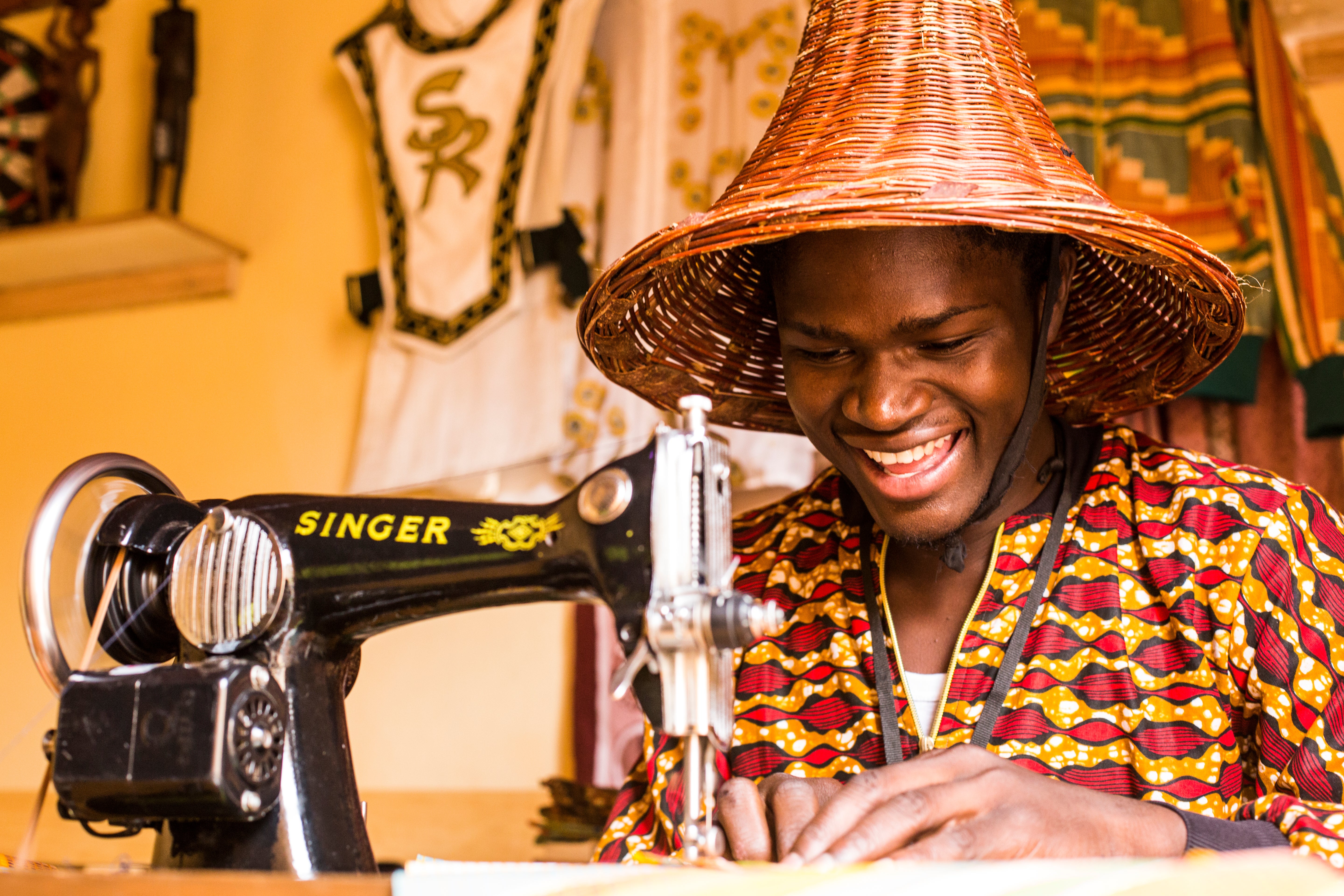
“The bedsheets were like 60 cents each, so that’s 120 cents, and then the other cents I used for the transport fee to the market and back,” the grade-school dropout recalls of the start of his growing fashion business.
While Ochieng has graduated from used linens to more luxe fabrics for his roster of clients, which now includes Jamaican reggae artist Chronixx and dancehall entertainer Agent Sasco, many of the trendsetters in Kibera rely heavily on the pre-owned goods sold at Gikomba and Toi markets, two of Nairobi’s shopping plazas. Jabez Ojiambo, a photographer and filmmaker, credits the vendors with giving young people who want to present themselves well but can’t afford it an opportunity to dress up and “look sharp” while being realistic about their financial limitations.
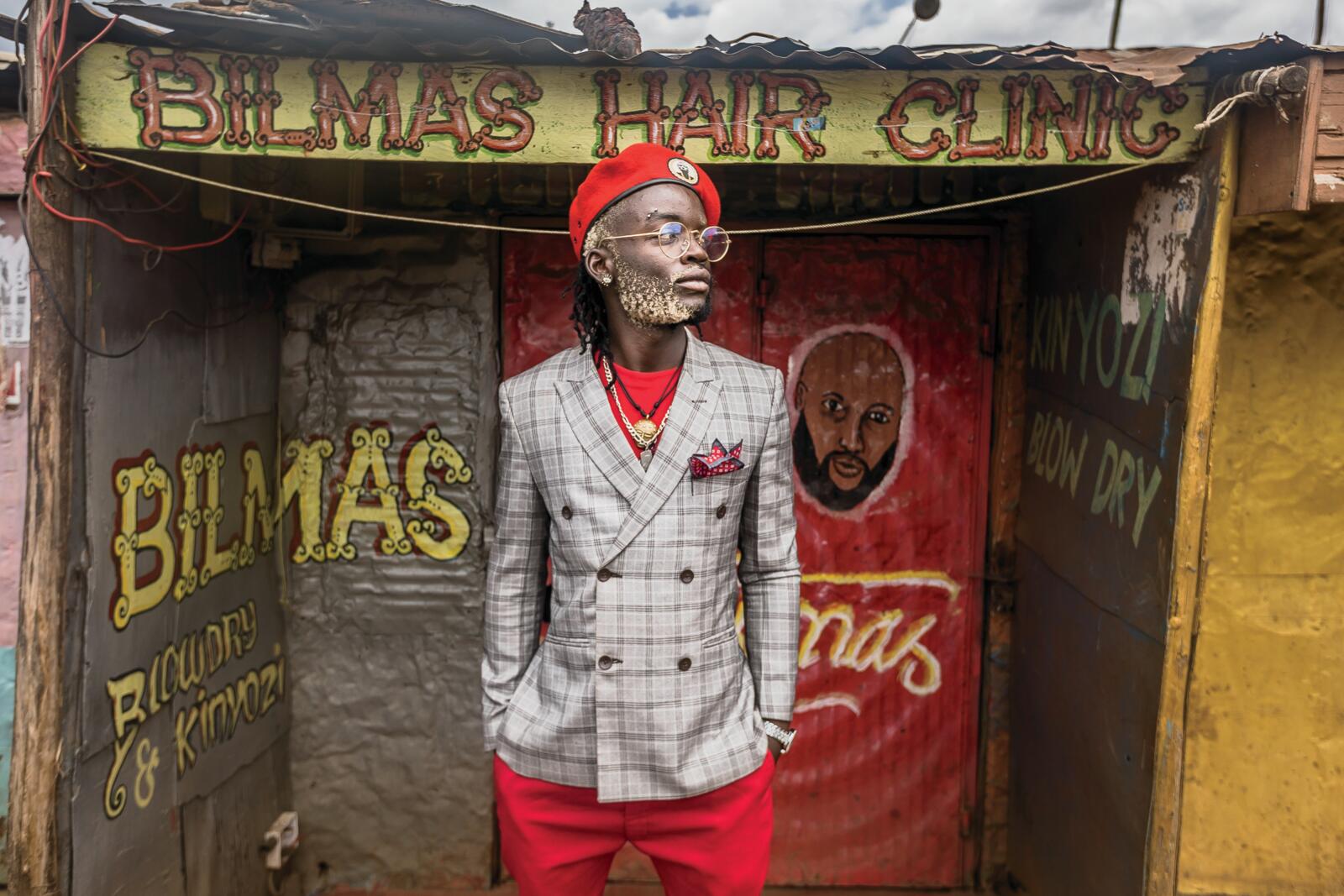
A perfect example of this trend is a group of young adults known around town as Gurafushi. Ojiambo shot the band of friends for a photo series he called Thrift Kings. Much like Ochieng and Otieno, they have used social media to grow their following. Rono suggests that the number of people looking to these avenues to promote and create revenue for themselves will continue to rise.
“The population is growing—or at least the people who require gainful employment within the country is growing—faster than they’re able to generate jobs,” Rono points out. “So a lot of these people are opting for self-employment, and they look for things that they can easily do with minimal capital and then see where it leads them. They start with small pieces, and maybe a few friends will buy clothes that they design or sew. And then from there, depending on whose eye they catch, the business grows.”
Enterprise creation within Kibera is booming. But entrepreneurs with a heart for its people are also sourcing talent from inside the impoverished area to grow culturally relevant brands outside of the Kenyan market. California-based designer Yema Khalif is a product of the slum settlement. He’s chosen to sow into the community by tapping local artisans to create handcrafted footwear for his yemacalif.com retail store.
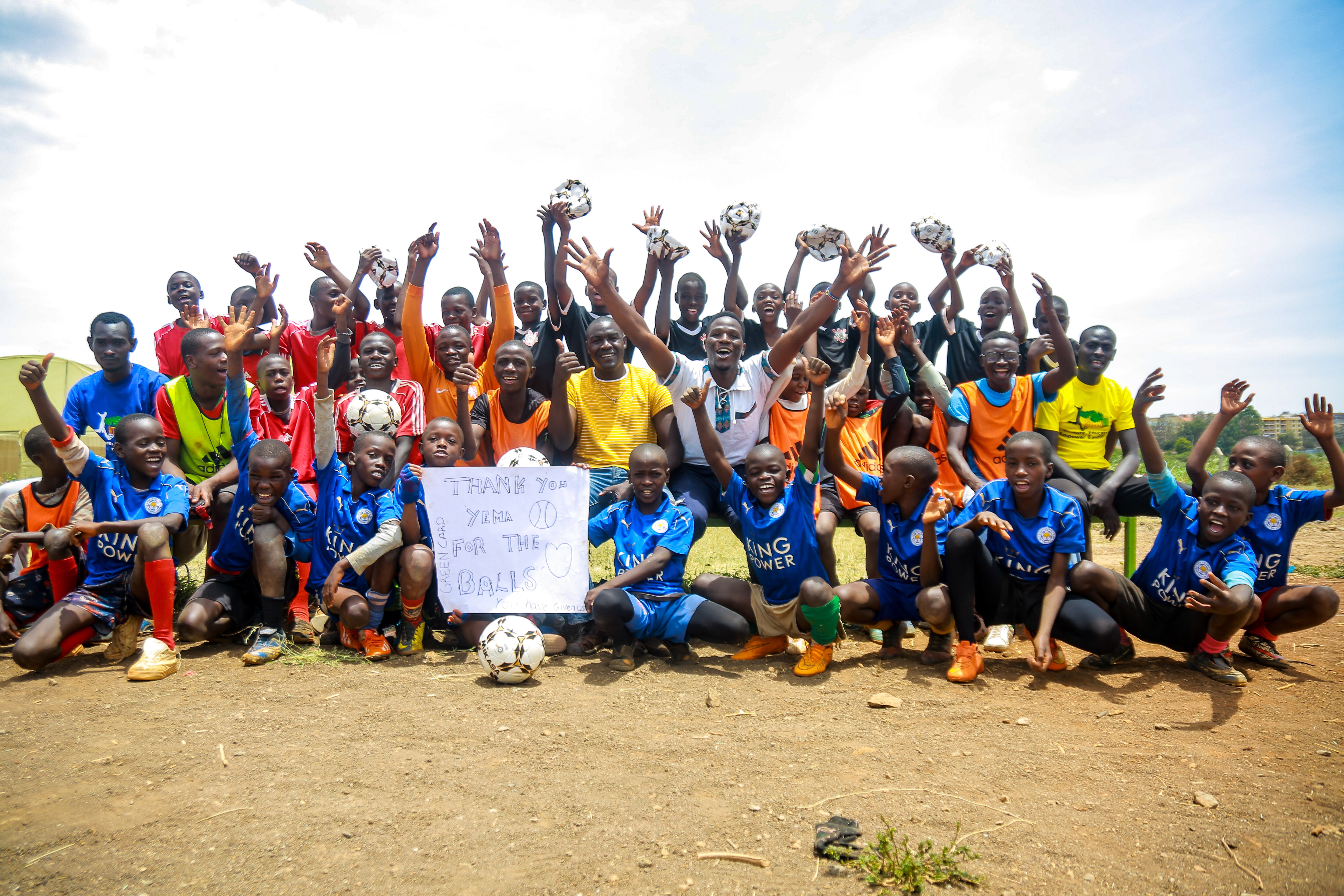
Twenty percent of the proceeds from his online sales go toward scholarships for orphaned children in both Kibera and his wife’s country of Ethiopia. It is this act of giving that landed Khalif where he is today. Though the burgeoning businessman was forced to leave high school due to financial instability, a scholarship to attend college in the United States put him on a path to greater success. Now the San Francisco Bay Area resident travels home regularly to participate in the fashion scene that he continues to help advance.
“There is an organization that I’m involved in that puts on fashion shows in Kibera every year,” Khalif discloses. “It’s just a reason for the people of Kibera to laugh and to appreciate the beauty that is there. It also allows them to see that they can become models, that they can become actors, that they can become whatever they want to be.”
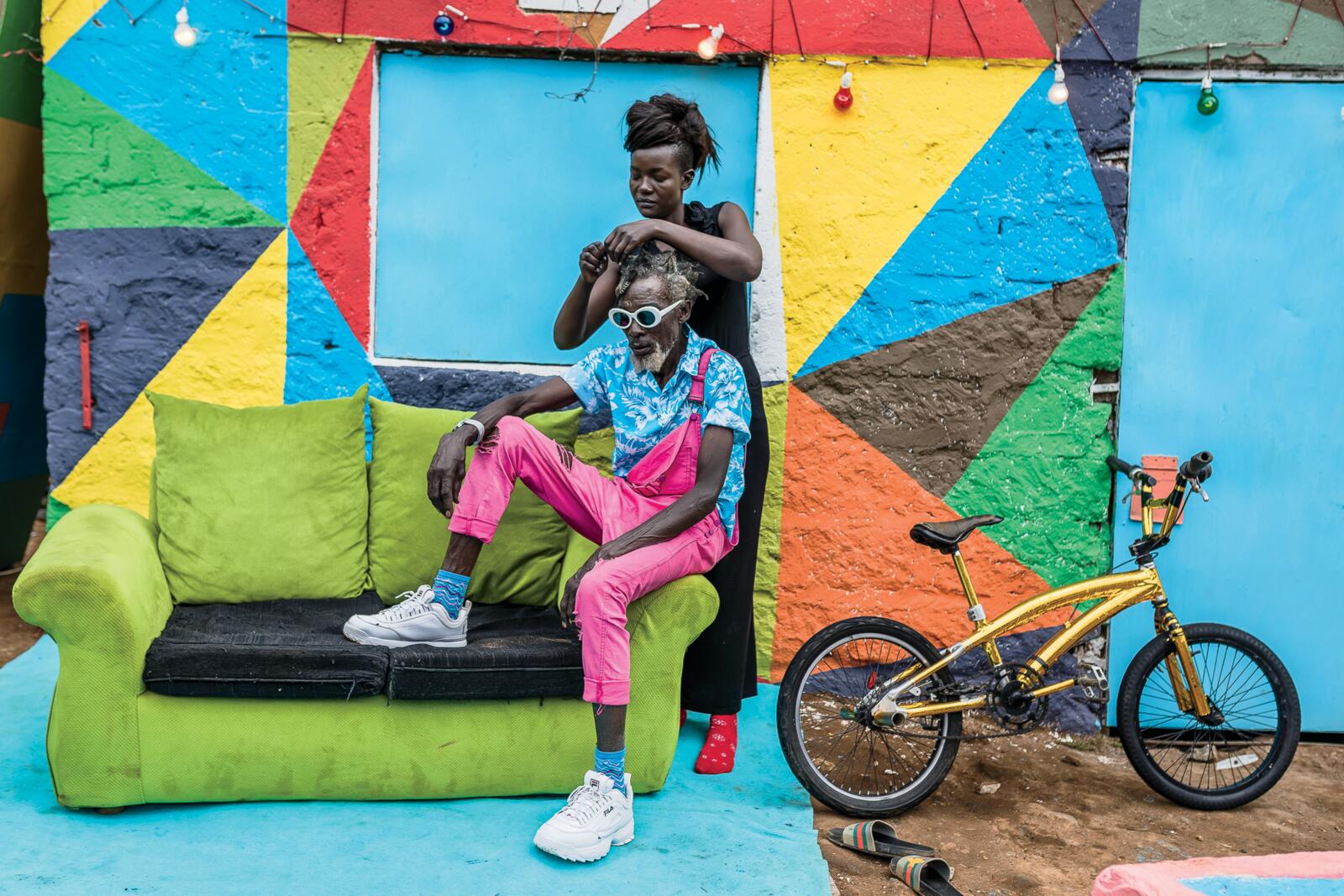





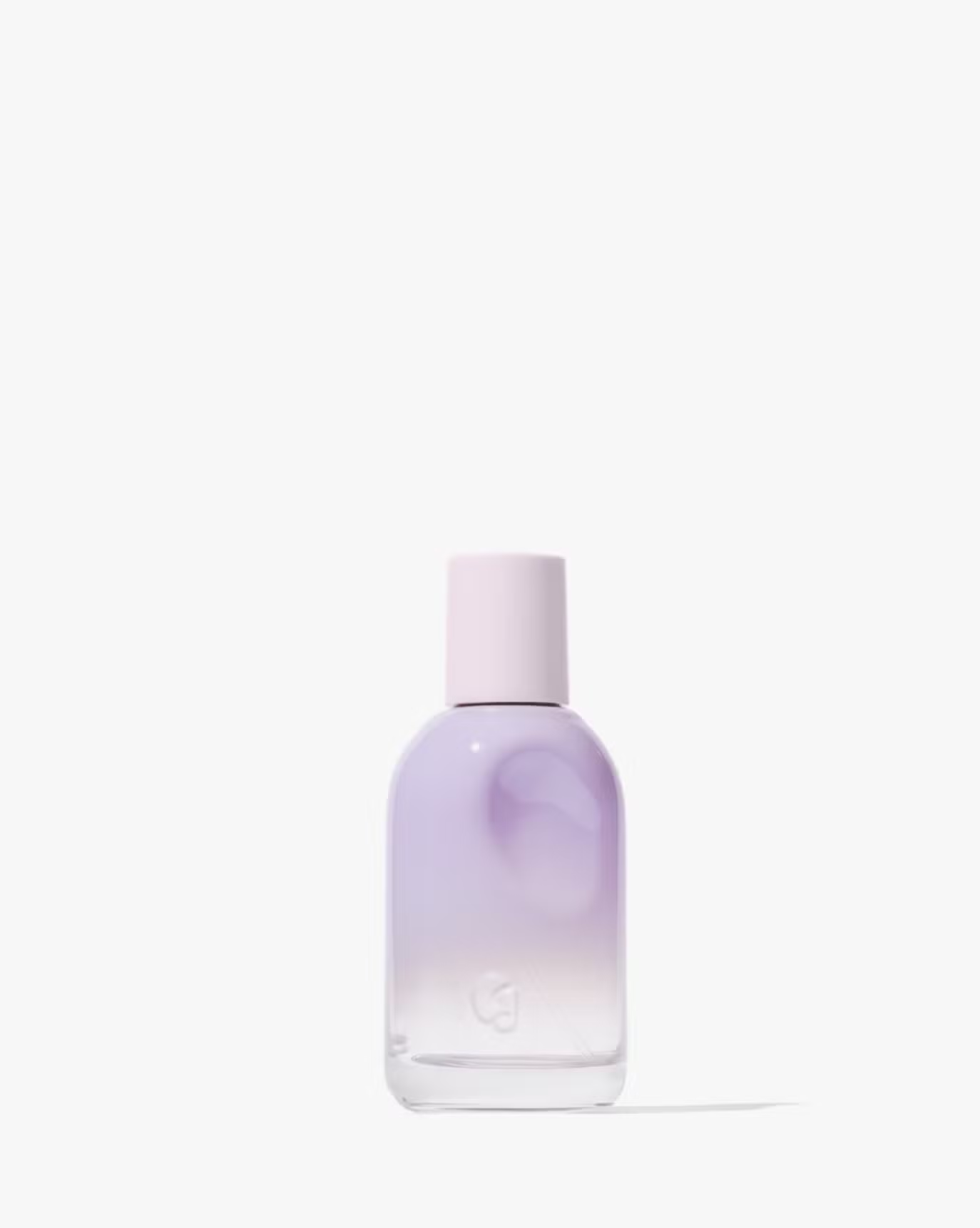
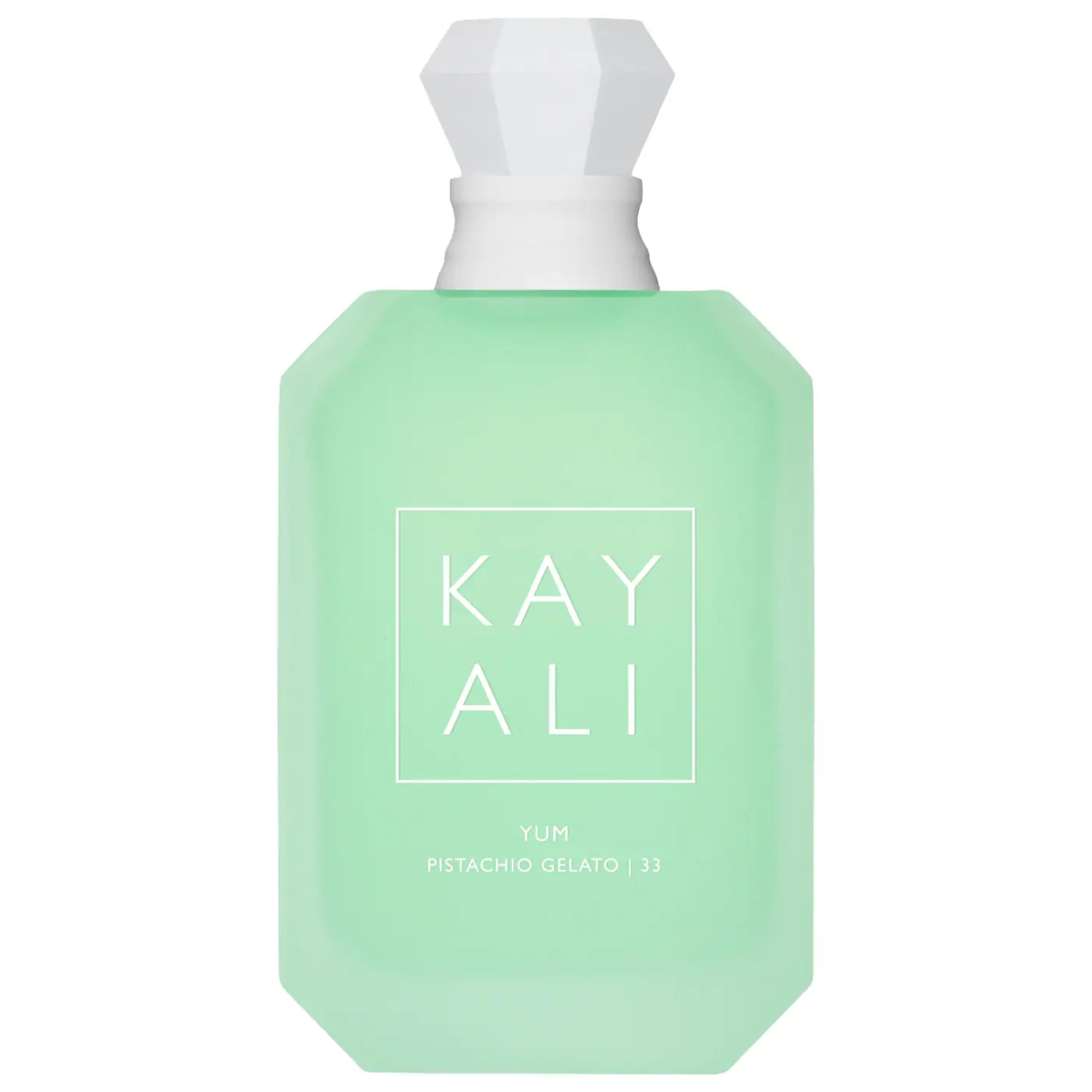
In spite of the circumstances surrounding the people of Nairobi’s neglected neighborhood, hope, dressed in broad strokes of color, provides the innovators, the storytellers, the culture shifters, an opportunity to see the beauty within the bustle. It moves Otieno to create masterpieces amid the mud. It gives Khalif a reason to fight for the children of Kibera’s future. It prompts Ochieng to get out his sewing machine and continue designing.
“I’m showing the world that we do this here,” Ochieng says with conviction. “Despite not having the expensive things to wear, we find a way to do what we can to express ourselves to the world. Kibera is a home of talent; it’s a home of art. And, yeah, it’s a center for fashion.”
This story appears in the September issue of ESSENCE.


